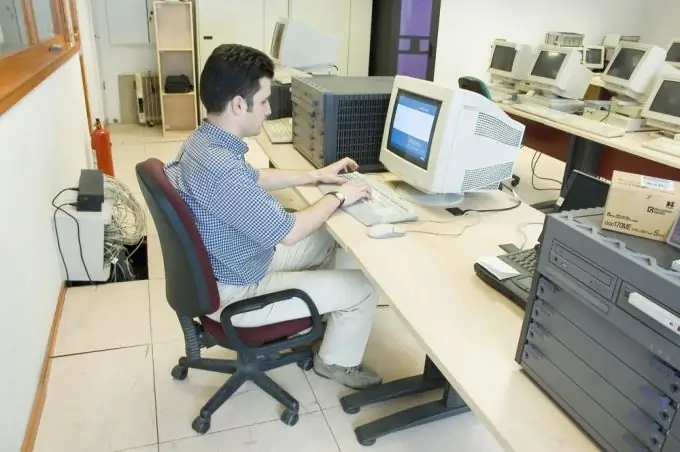Linux is still unusual for an ordinary user who cannot imagine his work at a computer without Microsoft products. However, if earlier only a real expert could configure Linux, now the installation and configuration of this operating system is quite accessible to the average user.

The undoubted advantage of Linux, prompting many users, organizations and entire countries to switch to this operating system, is its absolute free-of-charge, which compares favorably with Microsoft products.
So, immediately after installation, you need to configure Linux for convenient work in it. Here are some simple steps to do this.
- Mouse wheel. Sometimes a mouse connected via the PS / 2 port (and this is how most models are connected) after installing the system does not work with the wheel. If the buttons retain their functionality, then there is no need to launch the configurator. Open the XF86Config file, find the Pointer section that describes the mouse settings. Find the Protocol “PS / 2” line and change it to Protocol “IMPS / 2”. Save the file. After reboot, the wheel will work.
- The virtual screen is an interesting feature that allows you to make your desktop larger than the physical resolution of the monitor. Thanks to it, you can combine a comfortable resolution that allows you not to strain your eyes when working with text and graphics, and a large enough desktop on which you can place everything you need. The extended desktop will scroll automatically when the mouse pointer moves to the edges of the screen: invisible areas will fall into the field of view. Open the XF86Config file, find the Screen section, which describes the screen settings. One of the subsections will have a line starting with the word Virtual and containing two numbers that define the size of the virtual screen. By default, they match its physical dimensions, but you can set any values to your liking. Save the file, reboot your system and try out the changes. Re-adjust the values if necessary.
- Setting up the KDE graphical environment. Use the KDE Control Center to change the desktop background or make other customizations. You can open it by clicking on the icon of the same name or by selecting "Control Center" in the start menu.






